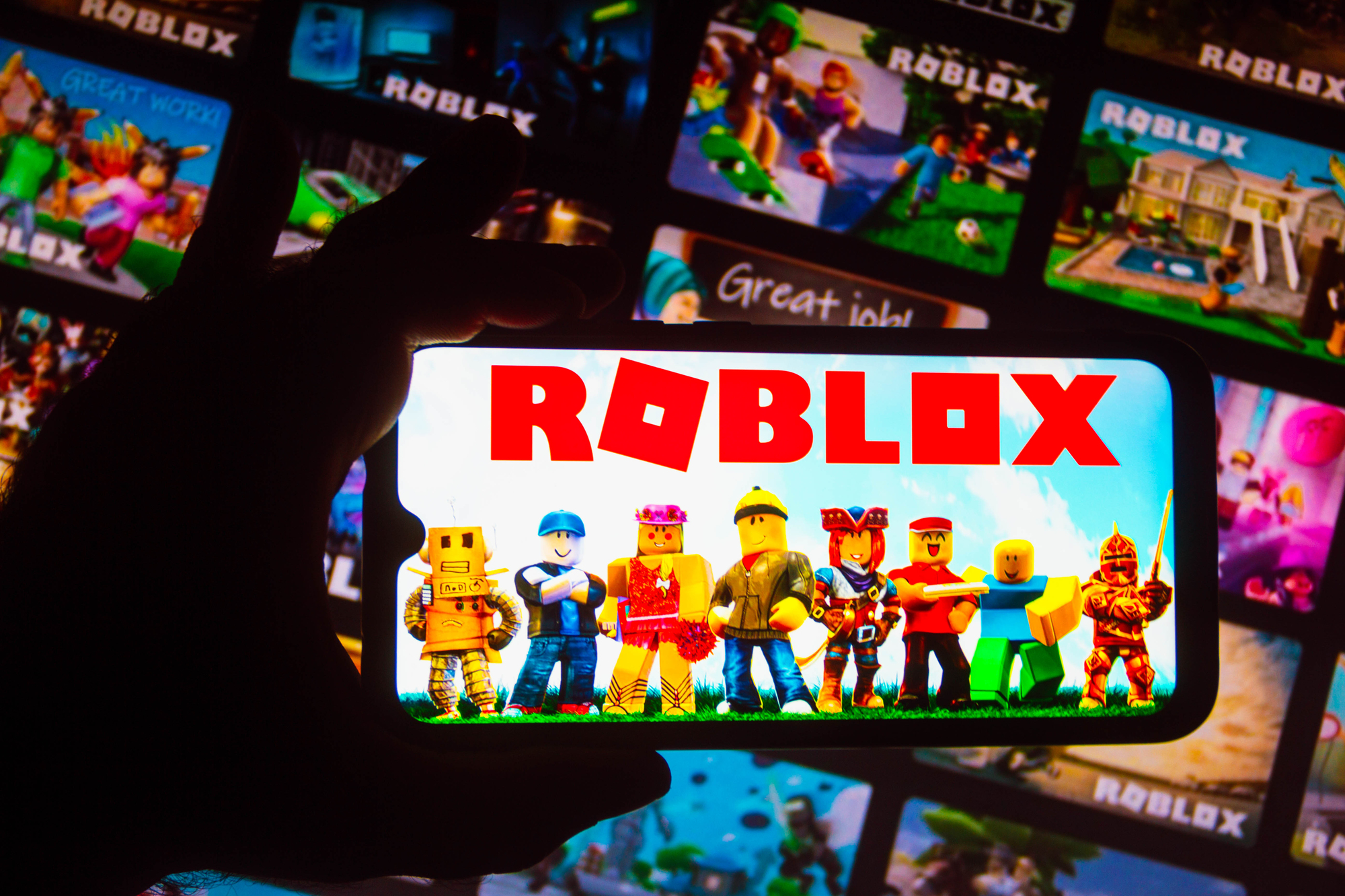

Video games have evolved into powerful storytelling mediums. They offer unique opportunities for narrative immersion and player agency. Interactive storytelling allows players to shape and experience stories in ways traditional media cannot match.
Game storytelling goes beyond linear narratives, incorporating environmental cues, player choices, and dynamic world-building. From indie titles like Inside to expansive role-playing games, developers use various techniques to craft compelling narratives. These range from subtle environmental details to complex branching storylines that respond to player decisions.
Video games can create emotional connections through interactive storytelling. Players become active participants in the narrative, fostering deeper engagement with characters and plot. This interactivity allows games to explore themes and tell stories in ways that resonate deeply with audiences.
Foundations of Storytelling in Games
Video games have evolved into powerful storytelling platforms, blending interactive elements with rich narratives. This fusion creates immersive experiences that engage players on multiple levels.
The Evolution of Narrative in Video Games
Early video games relied on simple text-based storytelling. Titles like Zork and The Oregon Trail laid the groundwork for narrative in games. As technology advanced, developers incorporated more sophisticated storytelling techniques.
The rise of role-playing games in the 1980s and 1990s marked a significant shift. Series like Final Fantasy and Dragon Quest introduced expansive worlds and complex characters. These games set new standards for narrative depth and player immersion.
The 2000s saw further innovation in game narratives. Titles began to explore mature themes and cinematic storytelling approaches. This period solidified video games as a legitimate medium for storytelling.
Understanding Game Lore and World Building
Game lore forms the backbone of many video game narratives. It encompasses the history, mythology, and rules of a game’s world. Developers use various techniques to convey lore, including in-game texts, cutscenes, and environmental storytelling.
World building in games creates believable and engaging settings. This process involves crafting detailed histories, cultures, and ecosystems. Games like The Elder Scrolls series excel in this area, offering vast, lived-in worlds for players to explore.
Environmental storytelling has become a key aspect of world building. Games use visual cues, audio elements, and interactive objects to tell stories without relying on explicit exposition.
Character Development and Emotional Engagement
Strong characters are central to effective game narratives. Developers focus on creating protagonists and supporting characters with depth and relatability. This approach fosters emotional connections between players and the game world.
Character arcs in games often progress alongside player actions. This interactive element allows players to feel more invested in character growth and development. Games like The Last of Us showcase how character development can drive emotional engagement.
Dialogue systems and player choice mechanisms enhance character interactions. These features allow players to shape relationships and influence the story’s direction. Such systems contribute to a sense of agency and immersion in the game world.
Game Design and Player Experience
Game design shapes how players interact with and experience video game narratives. Effective storytelling in games requires balancing gameplay mechanics, player agency, and narrative elements.
Designing for Interactivity and Engagement
Interactive storytelling allows players to influence the narrative through their choices and actions. Game designers craft branching storylines and multiple endings to increase replay value and player investment. Dialogue options let players shape conversations and relationships with characters. Environmental storytelling uses level design and visual cues to convey narrative information without interrupting gameplay.
Engagement stems from giving players meaningful choices that impact the story. Consequences for decisions, both immediate and long-term, make players feel their actions matter. Designers must balance player freedom with a cohesive narrative structure.
The Role of Cutscenes and Exposition
Cutscenes provide cinematic moments to advance the plot and develop characters. They showcase high-quality visuals and voice acting to deliver emotional impact. However, overuse of cutscenes can disrupt gameplay flow and reduce interactivity.
Exposition through dialogue, item descriptions, and in-game texts fills in backstory and worldbuilding details. Audio logs and collectible lore items allow players to discover story elements at their own pace.
Balancing exposition with gameplay prevents information overload. Designers aim to reveal key plot points through interactive sequences rather than passive storytelling when possible.
Challenges and Innovations in Game Storytelling
Creating a compelling narrative while maintaining player agency presents a core challenge. Designers must account for player choices without sacrificing narrative coherence. Innovations like AI-driven dialogue systems allow for more dynamic character interactions.
Emerging technologies expand storytelling possibilities. Virtual reality creates immersive story worlds for players to explore. Augmented reality blends digital narratives with real-world environments.
Procedural generation techniques produce unique story elements for each playthrough. This increases replayability while posing new challenges for maintaining narrative quality and consistency.
Narrative Techniques and Structures
Video game storytelling employs various methods to engage players and create compelling experiences. These approaches shape how stories unfold and impact player engagement.
Branching Narratives and Player Choices
Branching narratives allow players to make decisions that affect the story’s direction. Games like “Detroit: Become Human” and “The Witcher 3” use this technique extensively. Players face pivotal moments where their choices lead to different outcomes.
These decisions can range from dialogue options to major plot-altering actions. The consequences of these choices ripple through the game, creating personalized experiences. Some games feature multiple endings based on cumulative player decisions.
Branching narratives enhance replay value as players can explore different story paths. This technique also increases player investment by giving them agency in shaping the narrative.
Non-Linear vs. Linear Storytelling
Non-linear storytelling lets players explore the narrative in various orders. Games like “The Legend of Zelda: Breath of the Wild” allow players to tackle objectives in any sequence. This approach gives players freedom to craft their own journey through the game world.
Linear storytelling follows a set path, like traditional movies or books. Games such as “The Last of Us” use this method to deliver tightly-controlled narrative experiences. Linear stories often feature strong character development and carefully paced plot points.
Both approaches have strengths. Non-linear games offer more player freedom, while linear games can deliver more focused emotional impacts.
Managing Consistency in Complex Narratives
Maintaining narrative consistency in games with multiple story branches or non-linear progression poses challenges. Developers use various tools to keep track of player choices and their effects on the game world.
Some games employ state tracking systems to remember player decisions. Others use adaptive dialogue that changes based on previous actions. Environmental storytelling can reflect player choices through changes in the game world.
Writers and designers work together to create coherent narratives that account for different player paths. This often involves extensive planning and testing to avoid plot holes or inconsistencies.
Advancements and Future Trends
Video game storytelling continues to evolve through technological innovations and creative approaches. These advancements shape how players experience narratives and interact with game worlds.
Emergent Narrative and Gameplay Dynamics
Emergent narrative allows players to create their own stories through gameplay choices. This approach moves away from linear storytelling, giving players agency in shaping the narrative.
Games like “The Sims” and “Dwarf Fortress” exemplify emergent storytelling. Players’ decisions and actions generate unique narratives without predetermined scripts.
Procedural generation techniques enhance emergent narratives. These systems create dynamic environments and characters, leading to varied storytelling experiences with each playthrough.
The Impact of Technology on Narrative Delivery
Improved graphics and animation contribute to more expressive characters and detailed environments. This visual fidelity helps convey emotions and story elements without relying solely on dialogue.
Motion capture technology brings lifelike performances to video game characters. Actors’ subtle expressions and movements translate directly into the game, creating more authentic interactions.
AI advancements allow for more responsive NPCs and dialogue systems. Characters can react to player choices in complex ways, creating more believable and engaging story interactions.
Exploring the Future: VR and Beyond
Virtual reality offers new possibilities for immersive storytelling. Players can fully inhabit game worlds, experiencing narratives from a first-person perspective.
VR games like “Half-Life: Alyx” demonstrate how the technology can enhance storytelling through physical interaction and presence within the game world.
Augmented reality blends digital elements with the real world, opening up new narrative possibilities. AR games can turn everyday environments into interactive story settings.
Haptic feedback and other sensory technologies may further enhance immersion in future games. These advancements could allow players to feel textures, temperatures, and other sensations within virtual worlds.










